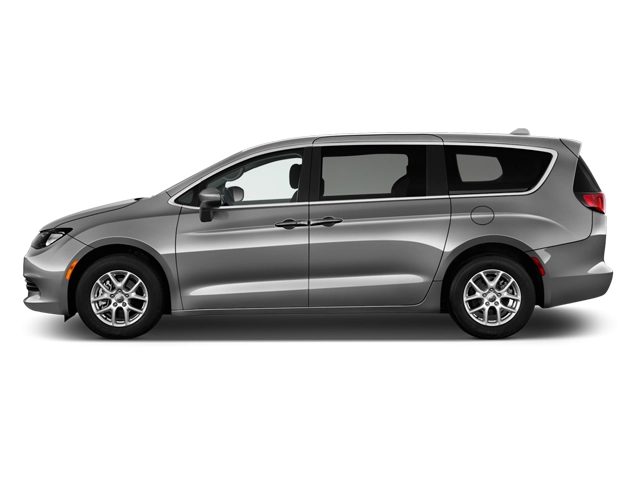2022 Chrysler Pacifica Owner's Manual

Table of Contents
2022 Chrysler Pacifica Overview
Introduction
The 2022 Chrysler Pacifica redefines family travel with its perfect blend of style, comfort, and cutting-edge technology. This minivan stands out in the crowded market with its sleek design, spacious interior, and advanced safety features, making it an ideal choice for families seeking a versatile and accommodating vehicle. With its impressive capabilities and thoughtful craftsmanship, the Pacifica ensures that every journey, whether short or long, is enjoyable and memorable.
Powertrains
The 2022 Pacifica offers a choice between two refined powertrains to suit various driving preferences. The standard 3.6-liter Pentastar V6 engine delivers a robust 287 horsepower and remarkable fuel efficiency, averaging up to 25 mpg on the highway. For the environmentally conscious, the Pacifica Hybrid is available, combining the same V6 engine with an electric motor for a total output of 260 horsepower, achieving an impressive all-electric range of 32 miles and 82 MPGe when including hybrid operation.
Trims
The Pacifica comes in several well-equipped trims, including the base Touring, the stylish Touring-L, the luxurious Limited, and the fully-loaded Pinnacle. Each trim level builds on the last, offering an array of premium features and options such as upgraded leather seating, advanced infotainment systems, and enhanced driver-assistance technologies, allowing buyers to customize their vehicles to fit their needs.
Features
Inside, the Pacifica boasts a spacious cabin with seating for up to eight passengers and versatile storage solutions. Features such as the Stow ‘n Go seating system, a Uconnect 5 infotainment system with a large touchscreen, Apple CarPlay, and Android Auto integrations ensure that both drivers and passengers enjoy a connected and comfortable ride. Additionally, advanced safety features like adaptive cruise control, blind-spot monitoring, and automatic emergency braking come standard or available across various trims.
Owners Manual
The 2022 Chrysler Pacifica owner’s manual serves as an essential guide for navigating the features and capabilities of the vehicle. It provides detailed information on maintenance schedules, troubleshooting tips, and operational instructions, ensuring that owners maximize their experience and keep their minivan running smoothly for years to come.
User manual download
The Chrysler Pacifica owner manual for the 2022 model year is to be found in PDF downloadable format on this page. The owner manual for the model year 2022 is free and in English, but the repair manuals are usually not easy to get and may cost more.
Manual Questions
Fill the form below and someone will help you!

